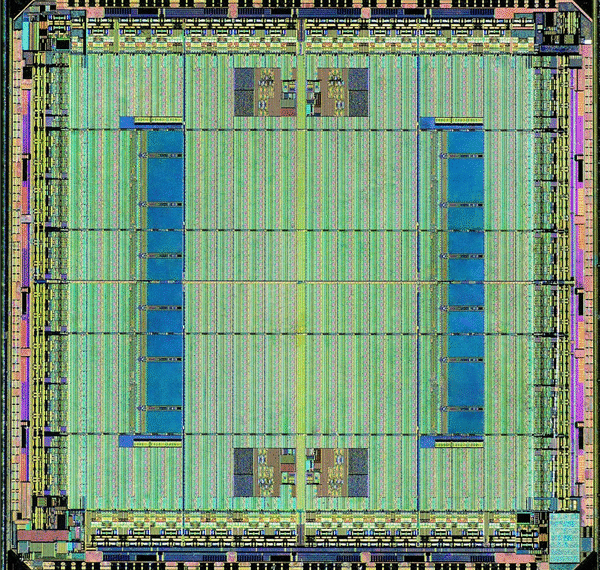Select Language:
In the world of technology, the term FPGA, or Field Programmable Gate Array, may not be as widely recognized as CPU or GPU. However, its significance cannot be understated. Over the past four decades, FPGAs have transformed the landscape of semiconductor design and application, spawning an industry valued at over $10 billion.
FPGAs are advanced programmable logic chips that build upon earlier semiconductor technologies like Programmable Array Logic (PAL) and Erasable Programmable Logic Devices (EPLD). By allowing for extensive customization and programming, these chips enable diverse and complex logic functions. They stand out as a semi-custom circuit within the domain of Application-Specific Integrated Circuits (ASIC), overcoming limitations of previous programmable devices.
Notably, leading brands in the FPGA field include Xilinx (acquired by AMD in 2022), Altera (purchased by Intel in 2016 and resold in 2025), Lattice, and Achronix. The introduction of the first FPGA product, Xilinx’s XC2064, in June 1985, marked a pivotal moment. Invented by Xilinx co-founder Ross Freeman, this technology has since witnessed the shipment of over 3 billion units across various sectors, including telecommunications, finance, healthcare, and robotics.
Over the years, FPGAs have evolved dramatically. Their transistor counts have surged from 85,000 to 138 billion, while logic units have expanded from 64 to 18.5 million and input/output blocks from 58 to 2,654. This remarkable growth underscores FPGAs’ essential role in semiconductor history and their impact on technological advancement.
Recently, we had the opportunity to interview Kirk Saban, Vice President of Product, Software, and Solutions at AMD. With over 25 years of FPGA experience, Saban has seen firsthand how this technology is adapting to the contemporary AI landscape.
While Intel’s acquisition and subsequent sale of Altera’s shares are noteworthy, Saban emphasizes that the collaboration between Xilinx and AMD is both profound and integral to AMD’s overall computing architecture. FPGAs are invaluable in data centers, especially for applications requiring accelerated processing, allowing AMD to tailor solutions to various workloads.
AMD is also investing in AI compilers and other software advancements to maximize FPGA hardware potential. In August 2023, the company acquired Mipsology, a French AI software firm, to bolster its AI software ecosystem, specifically for use with FPGA products.
According to Saban, FPGAs shine in edge computing scenarios where real-time processing and decision-making are critical. Their adaptability makes them ideal for a range of applications, especially where power limitations preclude the use of GPUs, such as in environments filled with sensors and cameras.
Looking forward, Saban anticipates a growing prevalence of small language models (SLMs) and multimodal models on edge devices. AMD is working to develop an integrated software framework, allowing clients to leverage AMD hardware for model training and inference.
As technology evolves, FPGAs are expected to see a shift towards advanced semiconductor nodes, with production costs rapidly decreasing. Saban points out that FPGAs are uniquely positioned to meet diverse demands in power and performance as applications continue to proliferate, particularly in conjunction with NPU technology.
The FPGA market continues to thrive, with a compound annual growth rate of 7-9%. Saban asserts that AMD is dedicated to understanding customer needs and providing tailored FPGA solutions to meet emerging market demands.
The significance of FPGA technology cannot be overstated. As it celebrates its 40th anniversary, FPGAs have proven essential in various applications, remaining a crucial player in the evolving landscape of artificial intelligence and technology innovation. The future of FPGA technology—and AMD’s role in it—looks promising.







